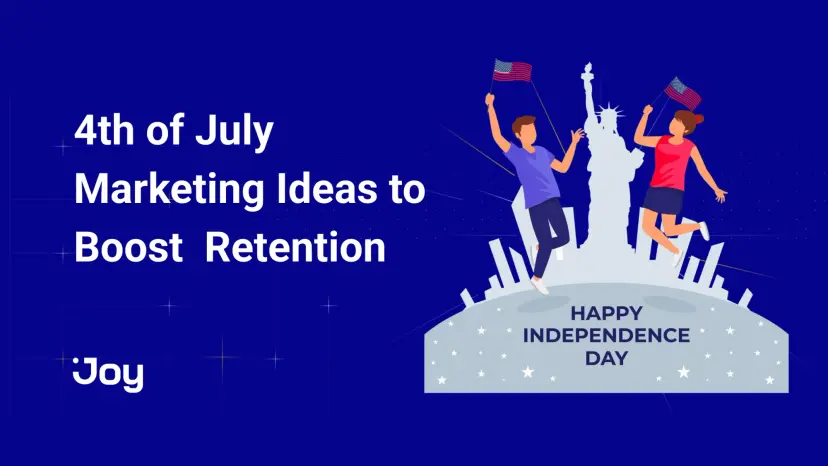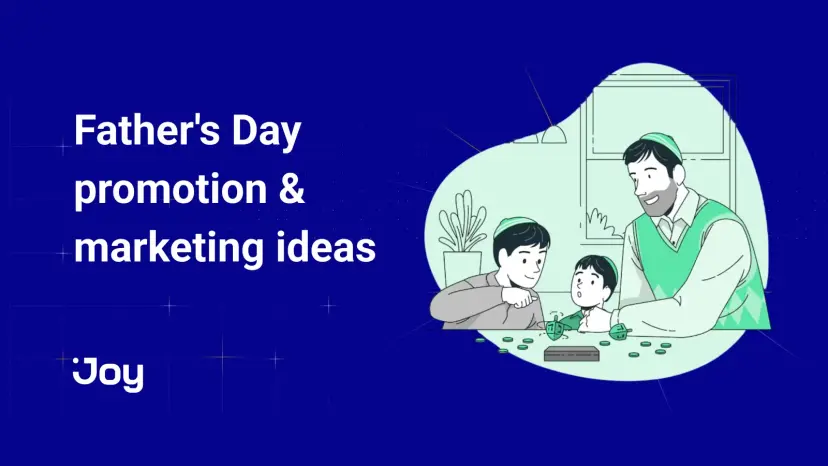The annual Black Friday Cyber Monday (BFCM) frenzy is a familiar story for Shopify merchants. You experience the exhilarating rush of notifications as sales pour in, a direct result of the massive ad budget you’ve poured into the season. But once the dust settles, a less thrilling reality emerges: a balance sheet strained by sky-high acquisition costs and a customer list full of one-time bargain hunters who vanish as quickly as they appeared. This is the BFCM "sugar rush," and it's an unsustainable model.
What if you treated your BFCM budget not as a fleeting expense, but as a strategic investment? An investment in acquiring customers you can nurture, retain, and transform into profitable, lifelong advocates for your brand.
This isn't just a hopeful sentiment; it's a necessary strategic shift. This guide provides a detailed playbook to pivot your BFCM focus from costly, transactional sales to building a durable, profitable, and loyal customer base. We'll show you exactly how to make your BFCM spend pay you back—with interest.
The Vicious Cycle of BFCM: Sky-High Costs & Vanishing Customers
For many brands, the post-BFCM analysis reveals a cycle of diminishing returns. The intense competition during this peak season creates a perfect storm of financial pressures that can undermine long-term profitability.
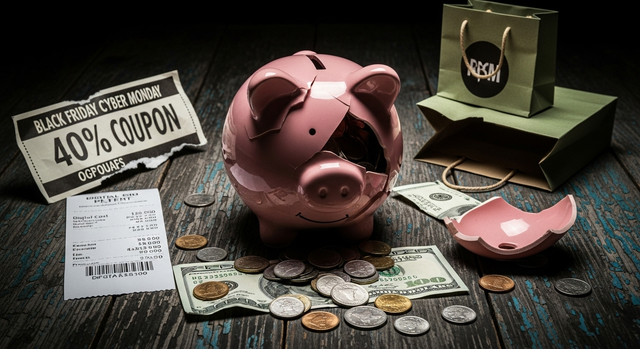
The Sobering Reality of BFCM ROI
The core of the problem lies in the economics of the season. Brands are forced to pay a premium for attention, leading to a cascade of negative financial consequences.
- Soaring Customer Acquisition Costs (CAC): The BFCM period is the most expensive time of the year for digital advertising. With thousands of brands competing for the same audience, the intense competition requires a more strategic approach than simply boosting ad spend to cut through the noise. This environment means you’re paying significantly more to reach potential customers who are already being bombarded with offers.
- The Race to the Bottom on Price: In a saturated marketplace, deep discounts become the default competitive tool. While a 40% off coupon might drive a sale, it also attracts discount-driven shoppers with little to no brand affinity. Relying on heavy discounts can condition customers to wait for sales, eroding brand value and failing to build a base of truly loyal customers.
- The "One-and-Done" Shopper Problem: The ultimate cost of a transactional BFCM strategy is churn. Industry data consistently shows that a significant percentage of first-time BFCM buyers never make a second purchase. This means the high cost to acquire them becomes a sunk cost, a net loss for the business, rather than the start of a valuable customer relationship.
The Strategic Shift: From Short-Term Sales to Long-Term Value
To break this cycle, a fundamental mindset shift is required. Success in BFCM is not measured by weekend revenue alone, but by the future value of the customers you acquire. This means optimizing for Customer Lifetime Value (LTV), the total revenue a business can expect from a single customer account.
Why LTV is the Only BFCM Metric That Matters
Focusing on LTV transforms your approach from "How many units can we sell?" to "How many valuable relationships can we build?" It recognizes that acquiring a customer is just the beginning. The real profit is generated through second, third, and fourth purchases—sales that don't require you to pay exorbitant seasonal ad costs. This aligns with the long-standing business principle that a mere 5% boost in customer retention can increase profitability by 25% or more. A loyal customer who makes repeat purchases is infinitely more valuable than a dozen one-time discount seekers.
Building Your Moat: Community, Exclusivity, and Experience
In a sea of discounts, the only sustainable way to win is to offer something more. The brands that thrive post-BFCM are those that use the event as a launchpad for relationship-building. They create a competitive moat built on:
- Community: Fostering a sense of belonging among customers.
- Exclusivity: Offering perks and access that can't be found elsewhere.
- Experience: Making every touchpoint feel personalized and meaningful.
This is where a strategic loyalty program becomes your most powerful tool, turning a transactional weekend into a transformational opportunity.
Your BFCM Retention Playbook: A 3-Stage Loyalty Strategy
Here is a concrete, stage-by-stage playbook to turn BFCM into your most effective retention engine.
Stage 1 (Pre-BFCM): Build Hype and Lock in Your Loyalists
Strategy: The goal here is to generate excitement and secure early sales from your most valuable customers before the noise of BFCM begins. This not only guarantees early revenue but also makes your best customers feel valued and recognized.
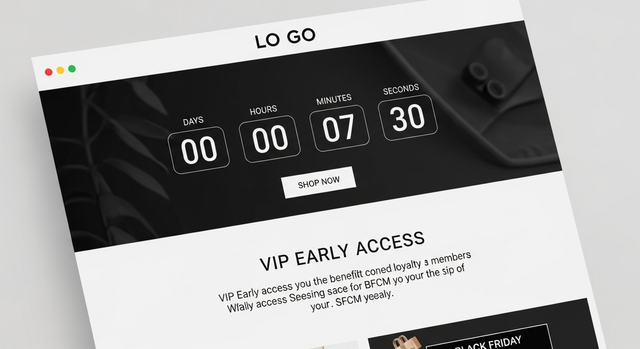
Tactics (powered by Joy):
- VIP Early Access: This is the most effective pre-BFCM tactic. Grant exclusive 24 or 48-hour early access to your BFCM deals for top-tier members of your loyalty program. This leverages the psychological principle of exclusivity, a powerful motivator that, according to McKinsey research on personalization, makes customers feel valued and reinforces the benefits of being in your top tier.
- Points-Boosting Campaigns: In the weeks leading up to BFCM, run campaigns allowing members to "earn" extra points for activities like following on social media, writing reviews, or hitting a certain spend threshold. Frame it as "Stock up on points now to spend big during BFCM!" This engages your customer base and primes them for a future purchase.
Stage 2 (During BFCM): Reward More Than Just the Purchase
Strategy: While competitors are solely focused on the transaction, your goal is to use the traffic surge as an opportunity for deeper brand engagement and valuable first-party data collection.
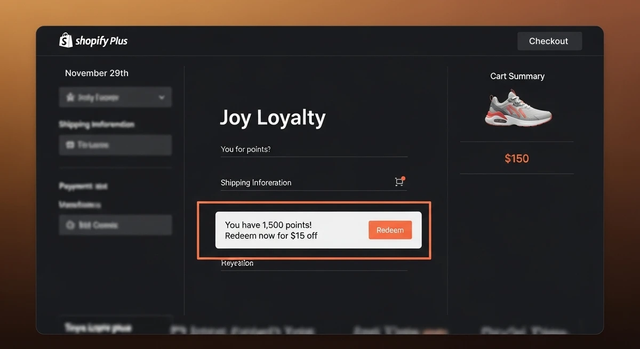
Tactics (powered by Joy):
- Incentivize Social Sharing & UGC: Offer a significant points reward for customers who share their BFCM purchase on Instagram or TikTok and tag your brand. This turns your customers into authentic micro-influencers. According to global studies from Nielsen, 88% of consumers trust recommendations from people they know more than any other form of advertising. This Nielsen user-generated content provides powerful social proof during a critical buying period.
- Points for Sign-ups: Make your loyalty program sign-up a central call-to-action. Offer a compelling bonus—for instance, enough points for a $10 discount on their next purchase—for creating an account. This captures valuable customer data and immediately establishes the foundation for a long-term relationship.
- Flexible Redemption at Checkout: Use Joy’s Shopify Plus-certified checkout extension to show customers exactly how many points they can redeem for an immediate discount on their order. Seeing a tangible, instant reward ("You have $15 available!") can be the final push needed to convert, while simultaneously reinforcing the benefits of your loyalty program.
Stage 3 (Post-BFCM): Turn New Buyers into Lifelong Advocates
Strategy: The clock starts ticking the moment a BFCM purchase is complete. You must immediately re-engage these new customers with a compelling, non-discount reason to make their second purchase and solidify their place in your community.
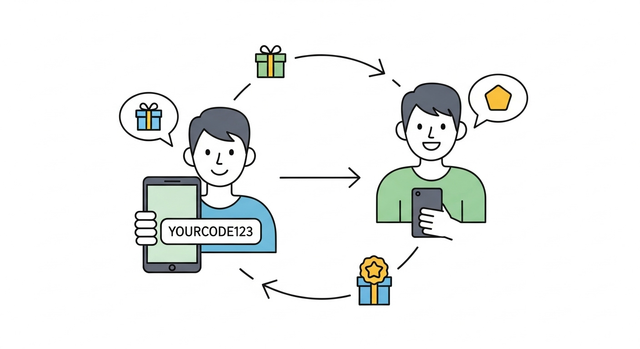
Tactics (powered by Joy):
- "Welcome to the Club" Campaign: Develop an automated email sequence tailored for new BFCM customers. The first email shouldn't be a sales pitch, but a warm welcome that highlights their new points balance, explains the exclusive member perks they now have access to, and introduces the brand story.
- Exclusive "Members-Only" Product Drops: In the weeks following BFCM, launch a new product, a limited-edition colorway, or a curated bundle that is only accessible to loyalty program members. This is a powerful retention tool that rewards membership with status and access, not just discounts.
- Nurture with a Referral Program: Activate your newly acquired, happy customers by encouraging them to refer friends. Offer a "give-get" incentive (e.g., "Give your friend $20 off, get 2,000 points when they purchase"). This masterfully turns your BFCM acquisition cost into a self-perpetuating acquisition engine.
Measuring Your Return on Loyalty Investment (ROLI)
To truly treat BFCM as an investment, you must measure its long-term return. A sophisticated loyalty platform provides the financial analytics you need to go beyond surface-level revenue and understand the true impact on your business.
Beyond Revenue: The Metrics That Define a Successful BFCM
- Repeat Purchase Rate: What percentage of your first-time BFCM shoppers came back to buy again within 60 or 90 days? This is the single most important indicator of retention success.
- Customer Lifetime Value (CLV) Growth: Compare the projected LTV of the customer cohort acquired during BFCM against a cohort acquired at other times of the year. A successful strategy will show that BFCM customers, when properly nurtured, become high-value assets.
- Blended CAC: A powerful referral program can dramatically lower your effective customer acquisition cost. By tracking how many new customers are acquired through post-BFCM referrals, you can see how your initial ad spend is being offset by organic, word-of-mouth marketing.
Conclusion: Stop Burning Your Budget. Start Building an Asset.
Black Friday Cyber Monday does not have to be a costly, one-off event that drains your marketing budget for a fleeting spike in sales. By implementing a strategic, multi-stage loyalty program, you can fundamentally transform its purpose. You can turn the year's most expensive advertising weekend into the single most powerful customer acquisition and relationship-building event on your calendar.
The choice is yours: continue the vicious cycle of high costs and high churn, or make the strategic shift. Stop burning your budget and start building a tangible, profitable asset: a loyal community of customers who will drive your growth for years to come.
Ready to turn your BFCM costs into your most profitable investment?



